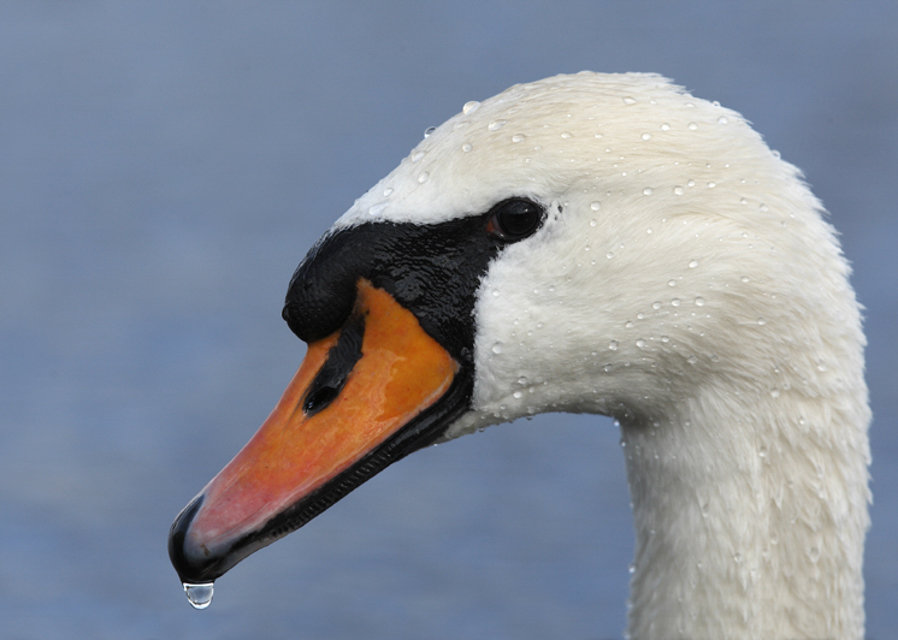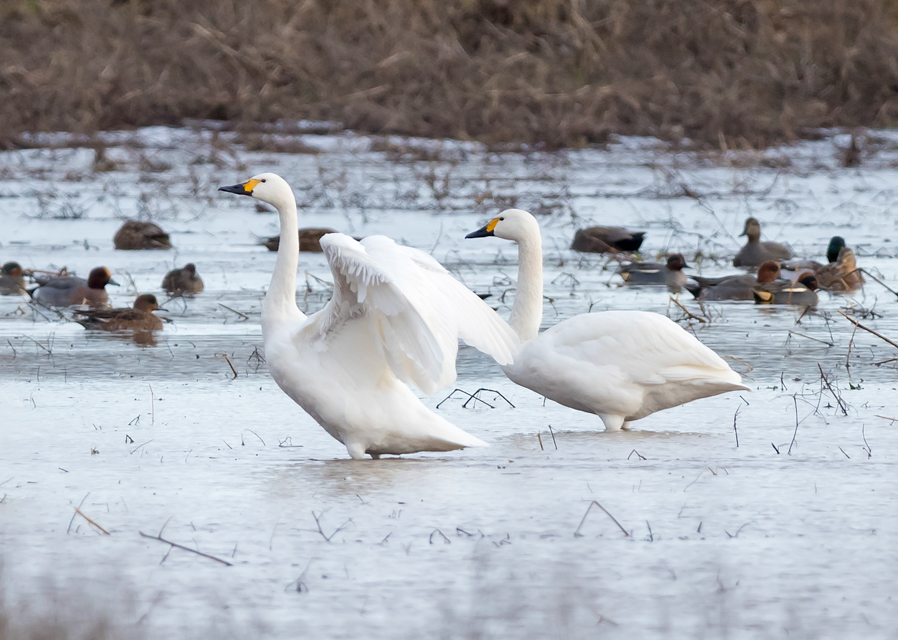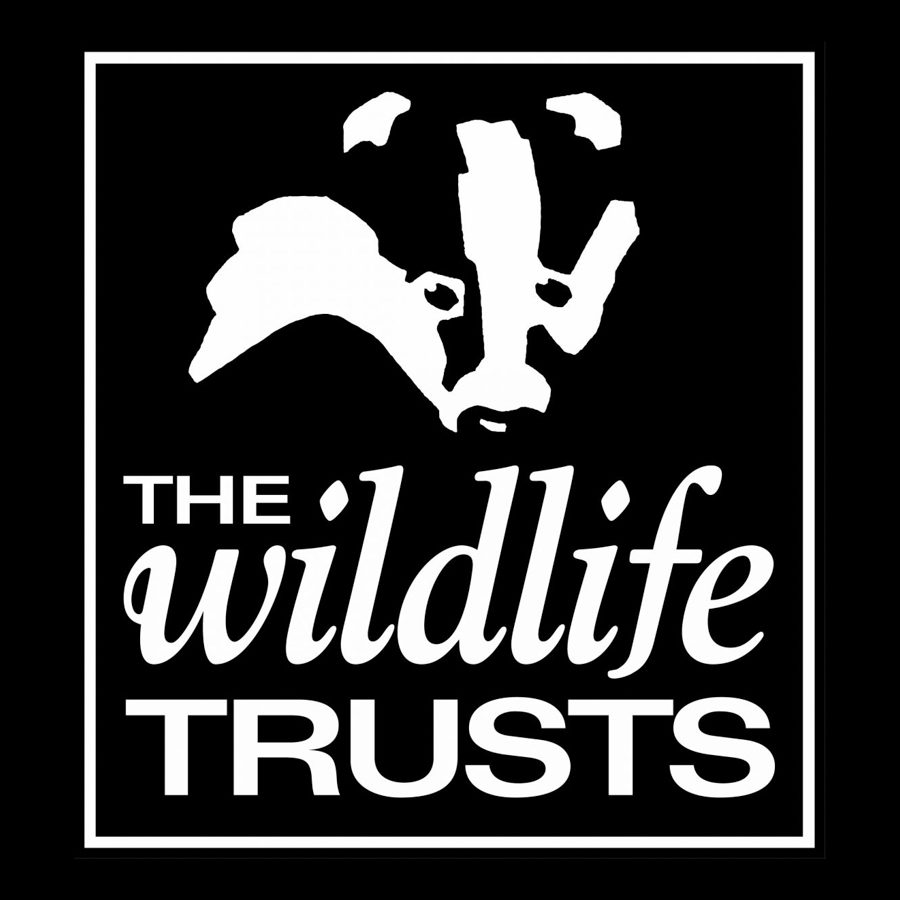If asked to imagine a swan, I’m sure you’d conjure up a picture of a mute swan. A year-round presence on our canals, lakes and rivers, with their pure white plumage and distinctive orange bills, these birds are the swan species most familiar to folk in Britain.

These are the swans that many will remember being a little scared of as children and many adults happily admit to finding the birds’ somewhat belligerent attitude (particularly evident when food is on offer) a little unnerving. These are also the swans featured in tales of people having arms broken by birds protecting their young. In reality, a swan’s wing bones are fairly light and hollow and the likelihood is that any swan whacking you with a wing would be more likely to injure itself. References to their relative aggression is balanced by their reputation for romance – rooted in their habit of pairing for life.
The ‘mute’ name derives from them being considered less noisy than other members of the swan family. With only one native species, you might wonder where the comparison could be made, but two other swans over-winter here to enjoy our relatively benign winters: the whooper swan, which travels from Iceland; and the Bewick’s swan, which arrives here from Arctic Russia.

The smallest swan species to visit the UK, Bewick’s swans are little bigger than Canada geese. They have a yellow pattern on their beaks and their honking call has been likened to the noise of an excited dog. The whooper swan is between the Bewick’s and mute swans in size and has a larger patch of yellow on its bill which form a pointed ‘V’ shapes on either side rather than the oval or rounded patches on those of Bewick’s.
Your best chance to see Bewick’s and whooper swans is at the Nottinghamshire Wildlife Trust’s Attenborough, Skylarks, Besthorpe or Idle Valley Nature Reserves as the birds make their way to and from their wintering grounds at the start and end of winter.
Stay connected

Our Idle Valley Nature Reserve has a welcoming and spacious cafe where you can grab a hot drink or a bite to eat. At Besthorpe, near Newark, there is a well-placed accessible wildlife watching hide that will protect you from the prevailing wind. Skylarks, south of Nottingham, has a network of accessible paths and a number of wildlife viewing areas overlooking the lakes. Like Idle Valley, Attenborough, also south of Nottingham, has a friendly and airy café with views over the wetland.
For details of our nature reserves and events across the county visit www.nottinghamshirewildlife.org.
Main image: Swans at Idle Valley, Lee Scott

